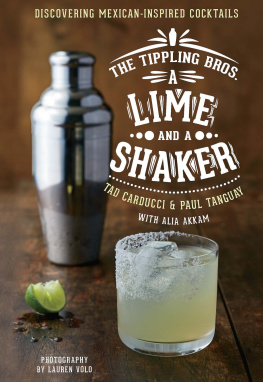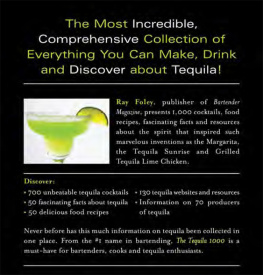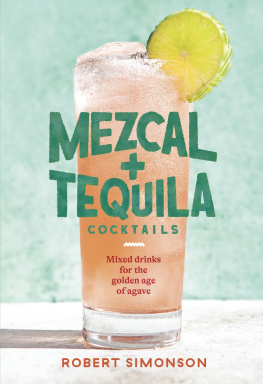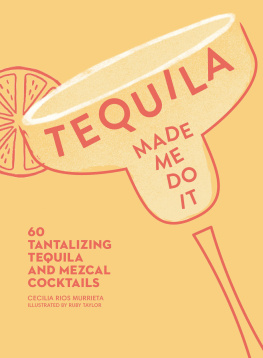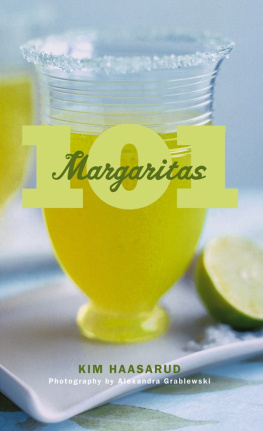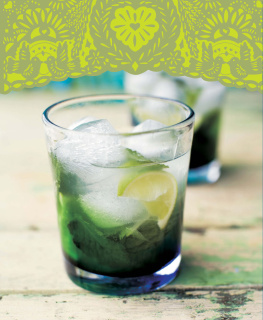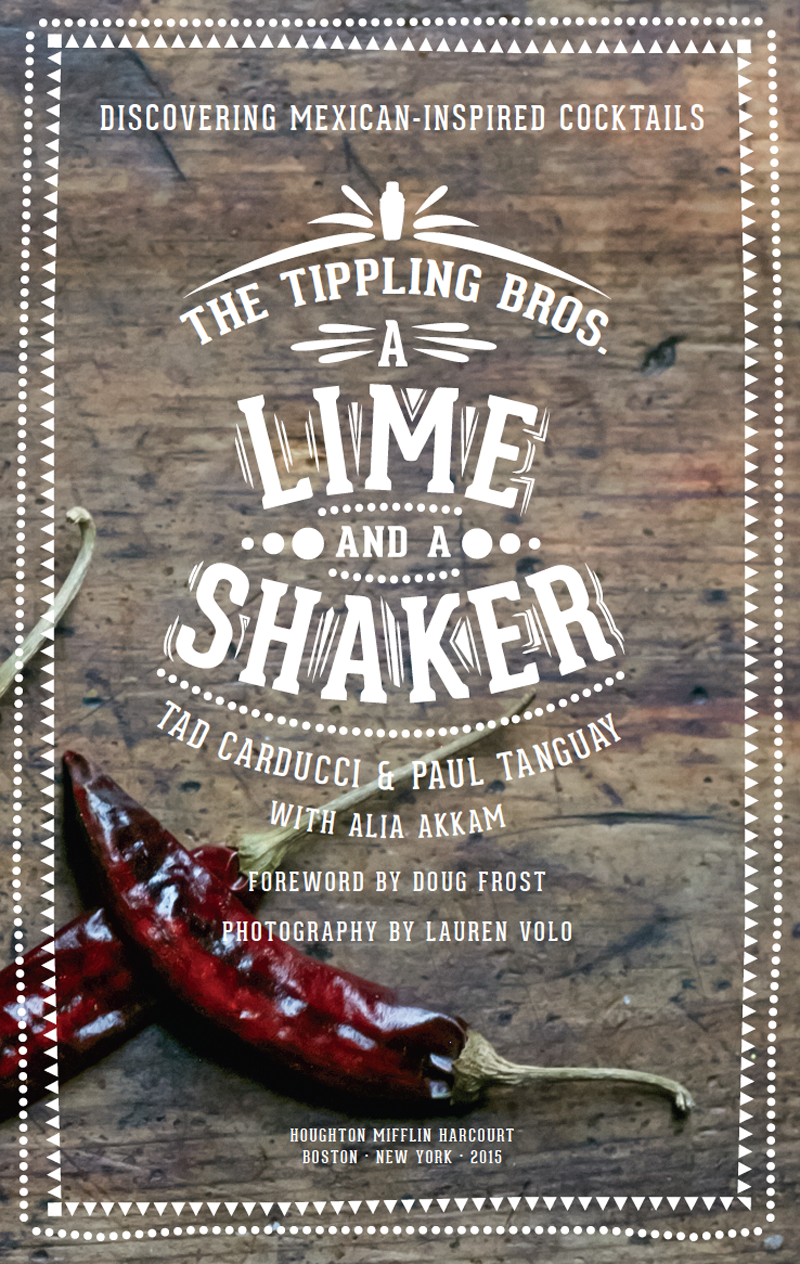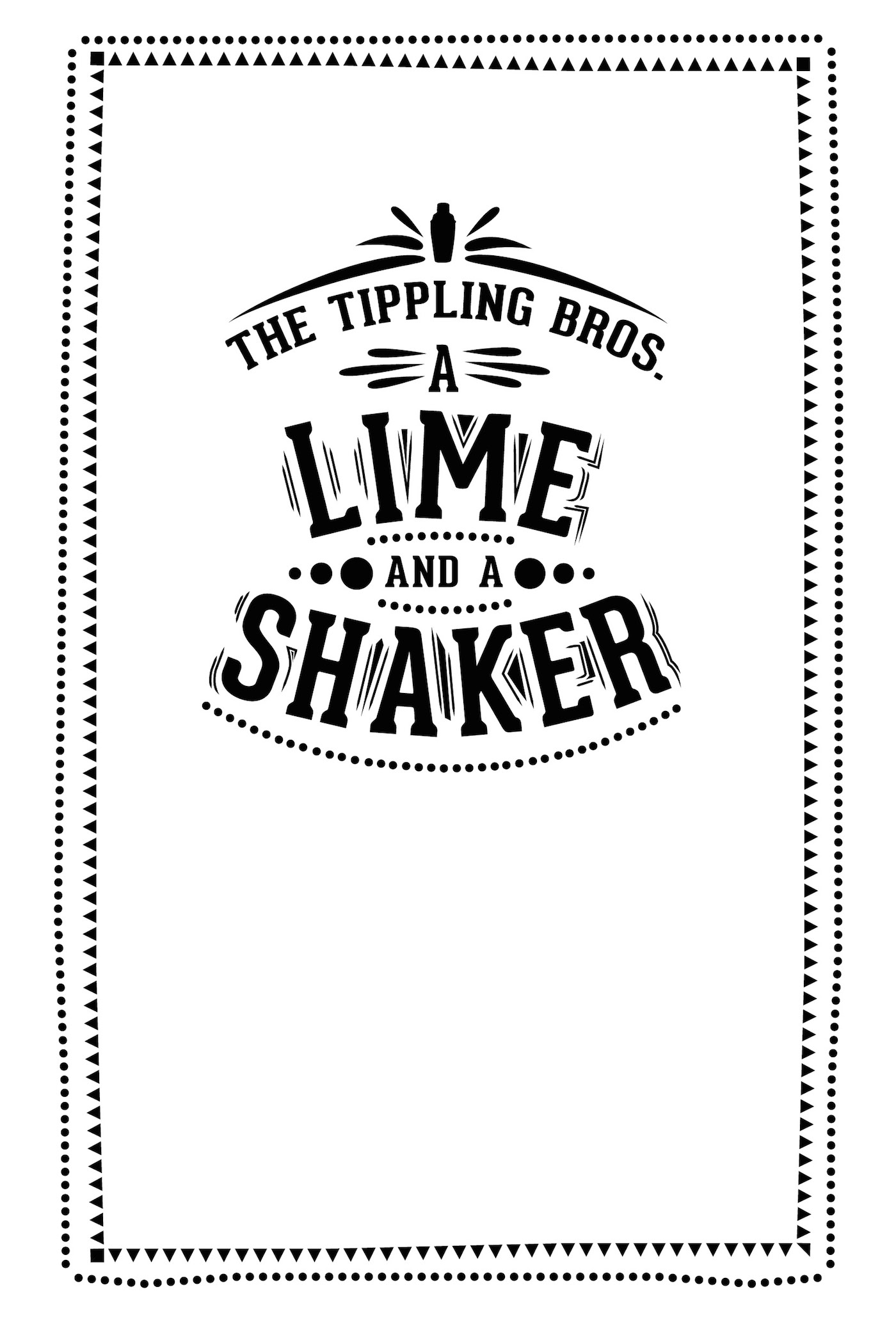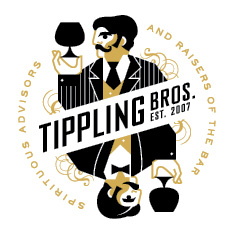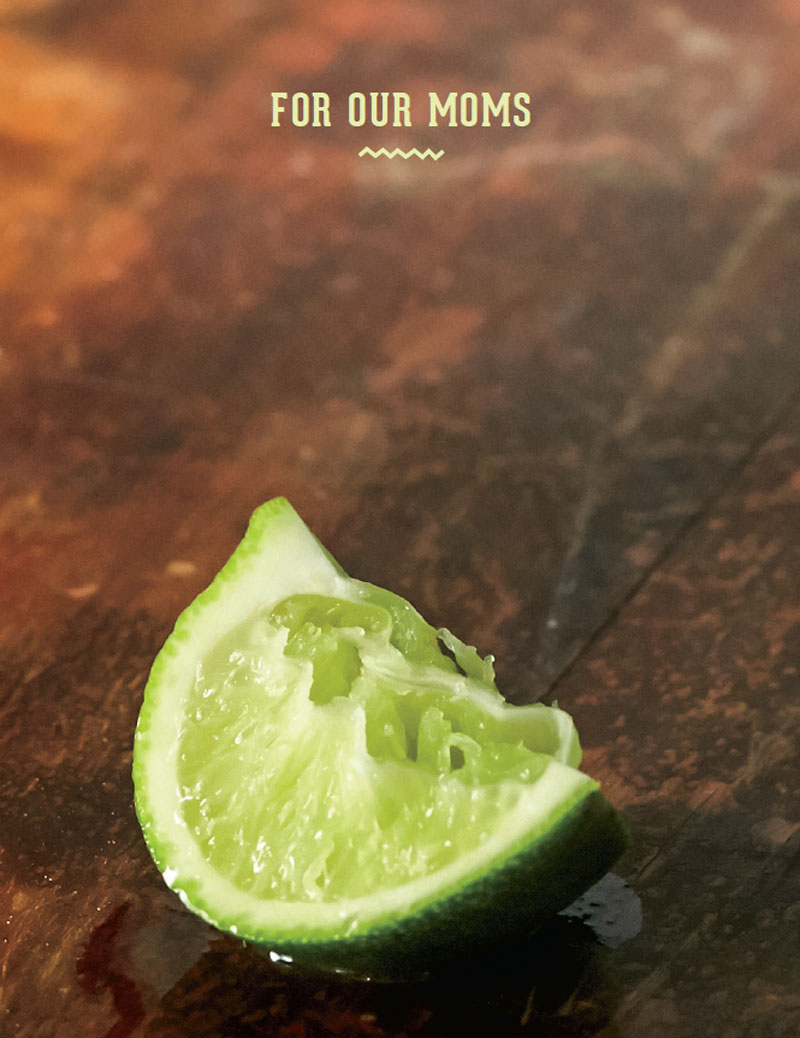I met these guys years ago, one of them at a chance meeting in a German bar. Nope, there was no leather involved. Just wine, beer, that sort of thing. We each noticed that another English speaker was hanging at the railwe tossed snide comments back and forth, knew immediately we were of a similar bent (again, stop with the leather, it was not that).
We both loved to drink and liked to talk about it and our tastes were very catholic. We were both visiting German wineries, it turned out. But we were drinking beers. Then whiskey. Soon we were famous friends, talking tequila and trash.
That was Paul. The other Tippler, Tad, I met a short time later and it was much the same: We were trying to talk smack and talked nonsense instead, and we were perfectly content with that. Id say things remain pretty much the same today except that Paul and Tad arent talking nonsense in this book at all. They might have fun, poke fun, make fun of each other (they are well rehearsed at that part), but the collection of recipes and anecdotes youre perusing at this moment is chock-full of wisdomdrink wisdom, bar wisdom, flavor wisdom, agave wisdom. It is the miracle of agave spirits that enthusiasts will get silly and spiritual in the same breath. Its not the drink thats talking. Or rather, its not the alcohol; its the spirit of that remarkable spirit. There is something so earthy, so complex, and so assertive about a great agave-based spirit that it inspires equally the senseless and the sublime.
If that last part seemed a bit too overwrought, thats another reason youre holding this book in your hands, preparing to take it to the counter and pay for it (do not slip it into your shoulder bag, that is not cool). Tad and Paul, astute and proven businesspeople, have their feet firmly on the ground, even if their heads are spinning at times from the delicious drinks they offer.
All this lofty philosophizing shouldnt be taken to reflect what the Borracho Brothers have done within these pages. This shit is real (to use the bar vernacular), and it is practical. For one, you will learn how to make a proper sour, not the crap in a bottle and, dear god of flavor, not the crap that spews out of a bar gun. Run for the exit if you see a barkeep using sour mix from a gun. These are no small bones. Making a perfectly balanced sour is an act of aesthetic equilibrium: Ingredients change, flavor preferences vary from one person to another, but you must hew to a model that is more important than any of that stuff. A great sour unfolds a world of drink possibilities, but first you must find its balance. These guys will tell you how.
Of course, you will need to learn to juice. There are tricks of the trade, and these bad Borrachos tell you more than their compadres would like them to do. But they will. Juicing, shaking, every manner of bar technique is in here, straight from the mouths of guys who practice their craft every day.
With these skills and with newfound understanding of your ingredients, you will make Margaritas. Not the swill swirling in the blender (although blenders are handy for large batches). No, you will learn of the multi-faceted drink that has become the Margarita, from its beginnings to its simpler and more complex versions, each and every recipe and ratio, along with a remarkable but well-rehearsed set of variations.
This will lead to more ruses from the behind the bar: Making a large batch of perfectly balanced, consistent cocktails requires a different kind of technique. The Tipplers will show you how.
Sangrita. One of the great mixers of the world: piquant, tangy, citric, rich with umami. How can just a few groceries come together to make such refreshing complexity? Read on and find out. You will also discover a new world of syrups. These now common tools for the mixologist can range from the gentle to the grotesque. But the Tippling Fellers have a set of lovely syrups for you to try (my new favorites are epazote and guajillo).
Its important that you read what Tad and Paul have to say about peppers. The world of capsicum is not merely hotit is also earthy, fruity, salty, smoky, and, well, you get the idea. The Borrachos want to help you discover these ancient foods that, having spread about the world, define cuisines throughout Latin America as well as much of Asia. Closest to my heart, they want to show you Mexican culture. They would insist that they are Norte Americanos, barely elevated above gringo-hood. But they get the culture, and when you read this book, unpack some fresh ingredients, and start chopping, measuring, pouring, shaking, and drinking (alongside some traditional foods), you may get it too.
Tequila, mezcal, and agave spirits of all origins have something to offer beyond flavor and inebriation. I dont know that reading this book will bring you there. But Im pretty sure that reading this book, making some of these cocktails, preparing and cooking some of the food referenced in here, and, most importantly, doing it with good friends will offer you some insight into why two talented guys would want to write this book and create the businesses they have built around the soul of agave. And they have connected the dots thusly: Writing about cocktails should be fun; the best writers are funny. And these guys are that too.
To know them is to love them, these tippling, teaching, thoughtful Borrachos.

